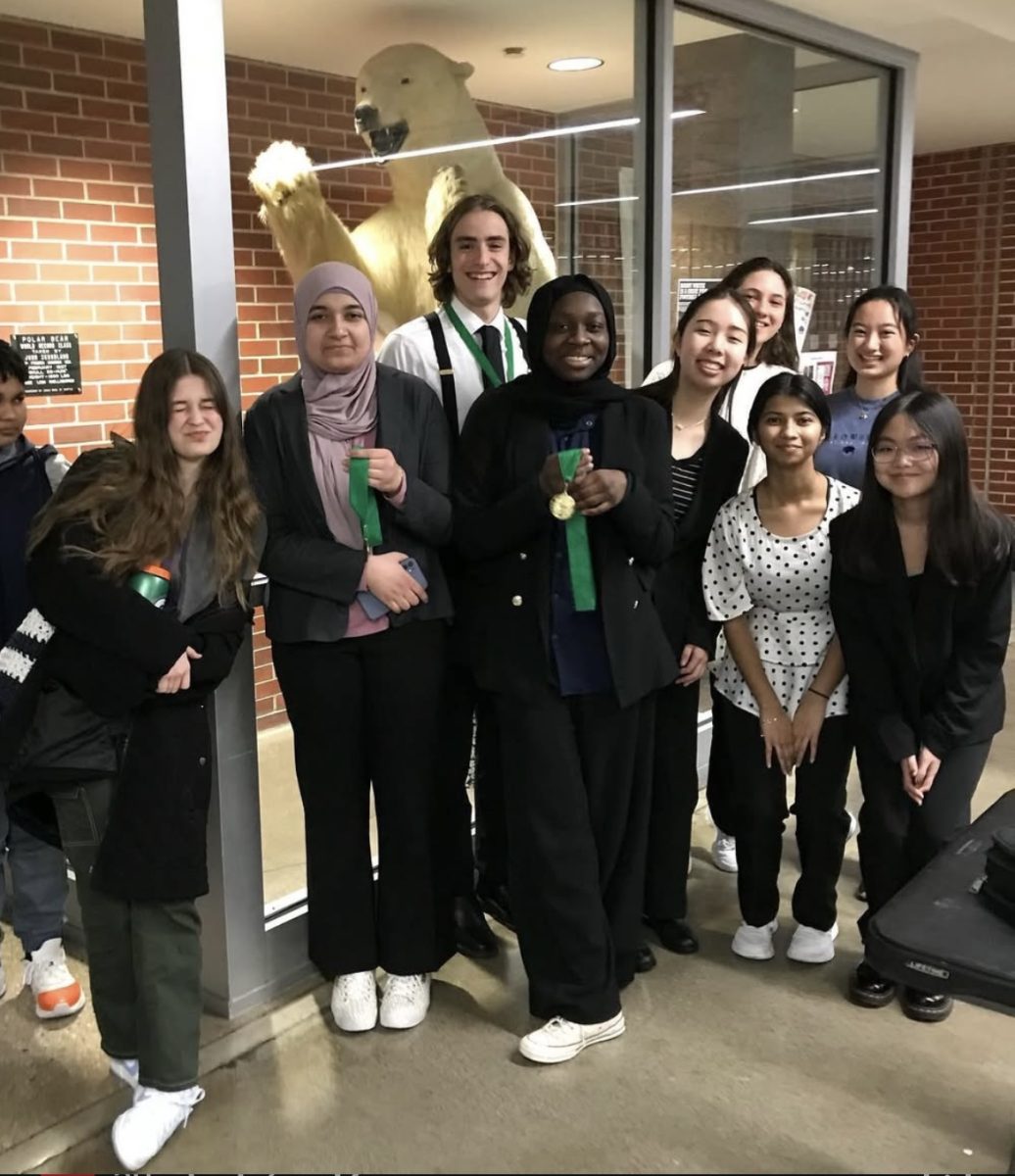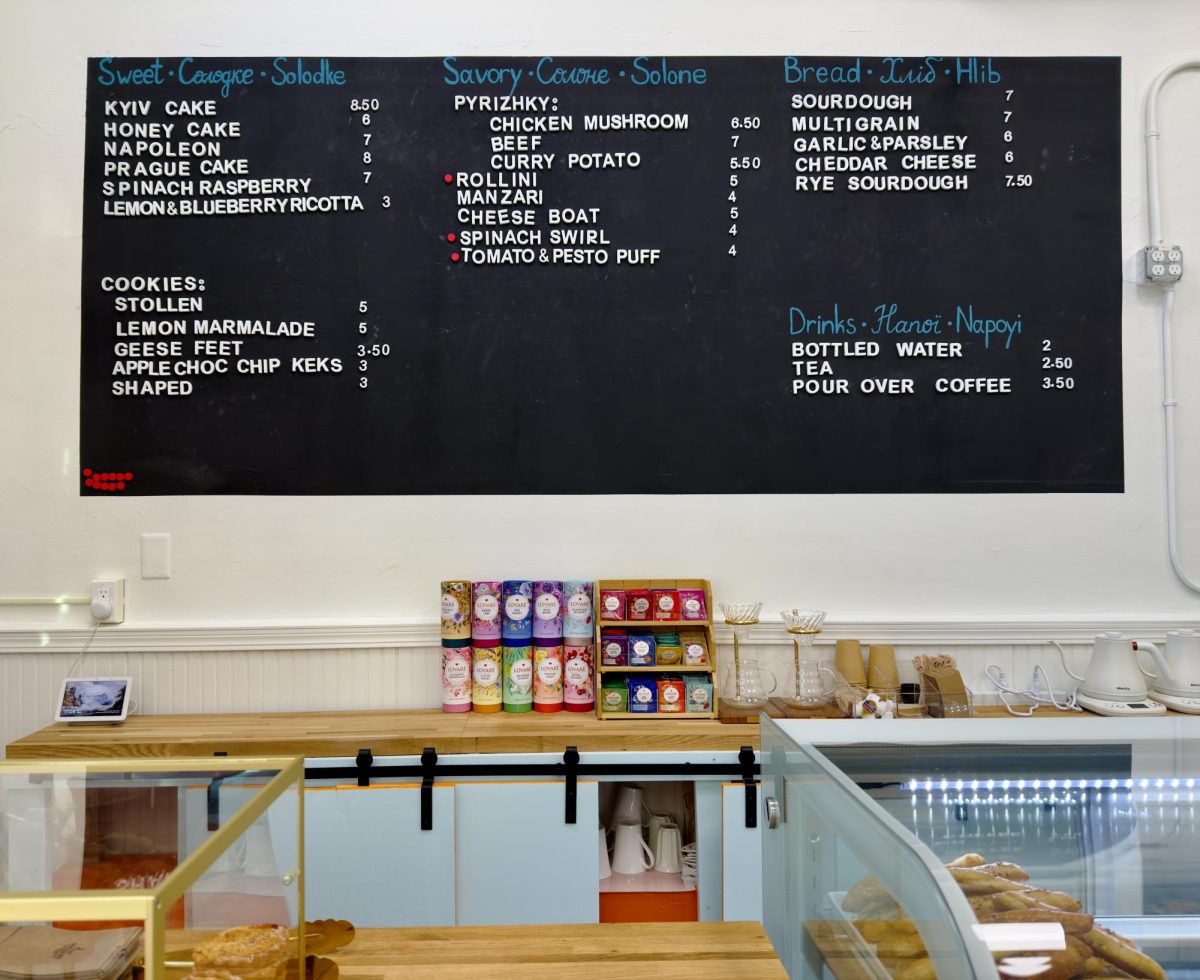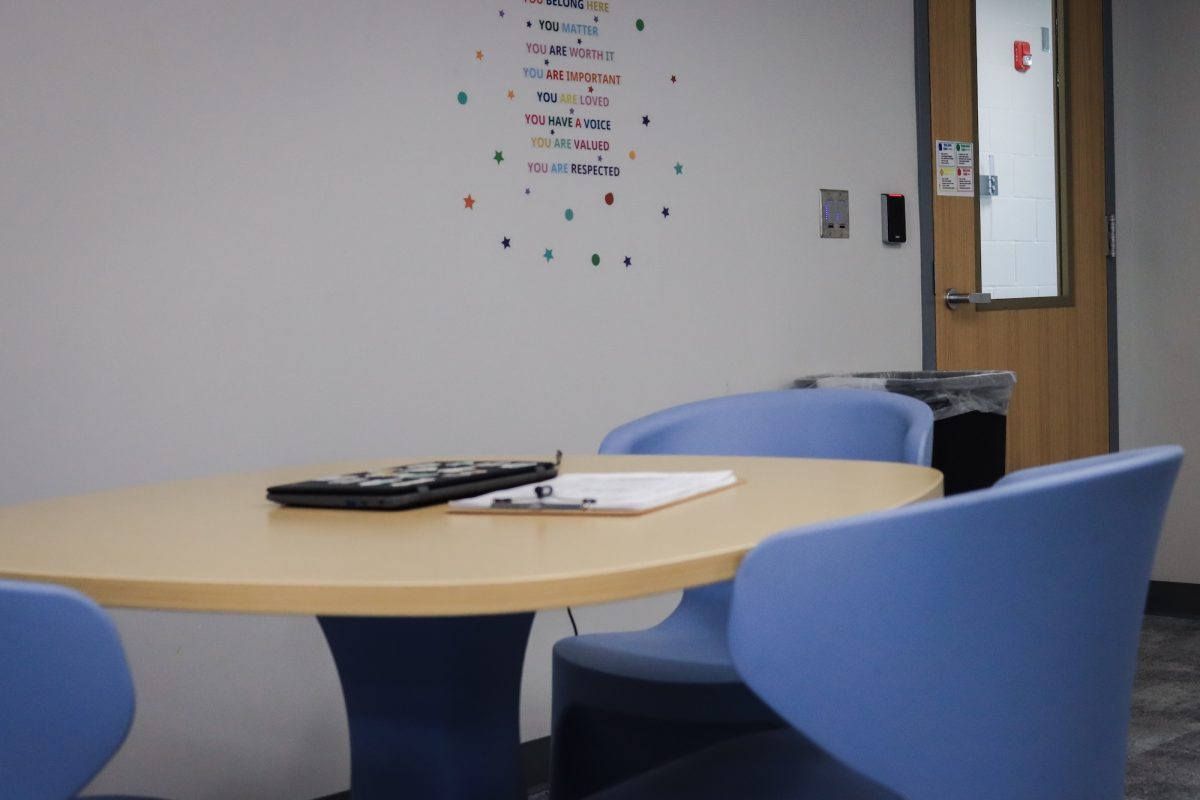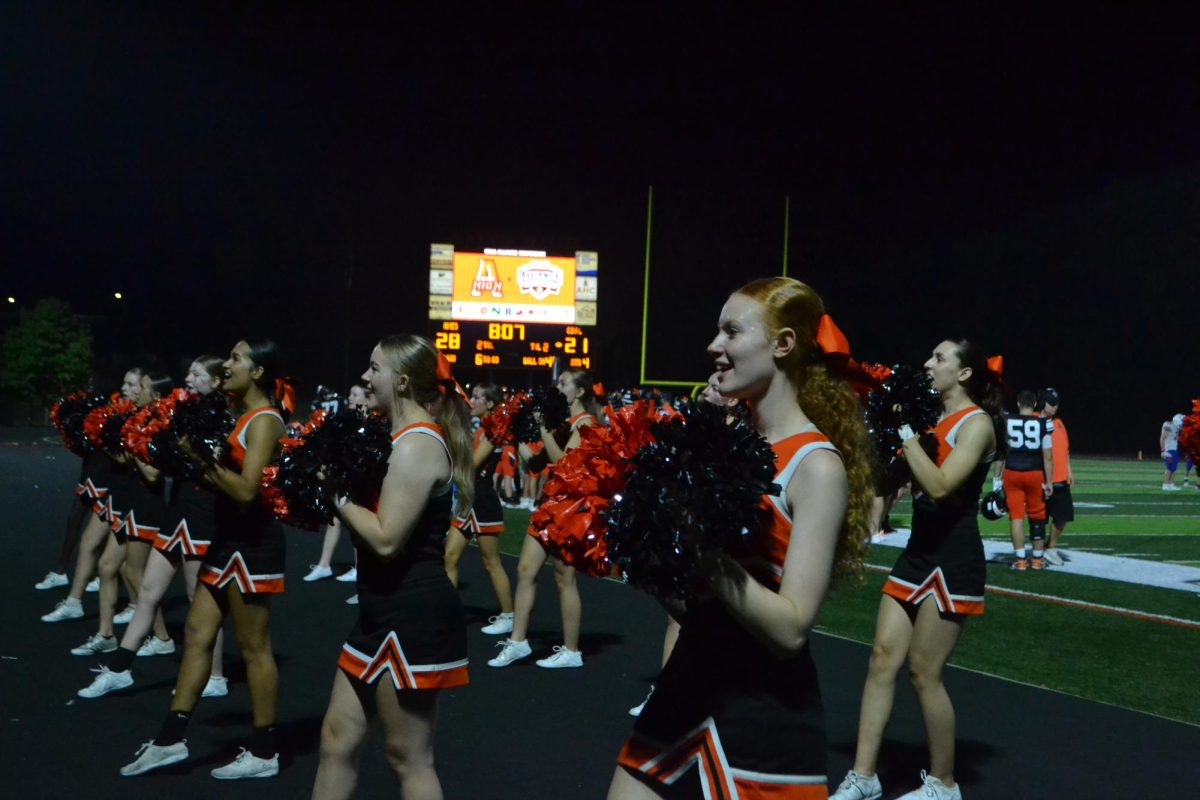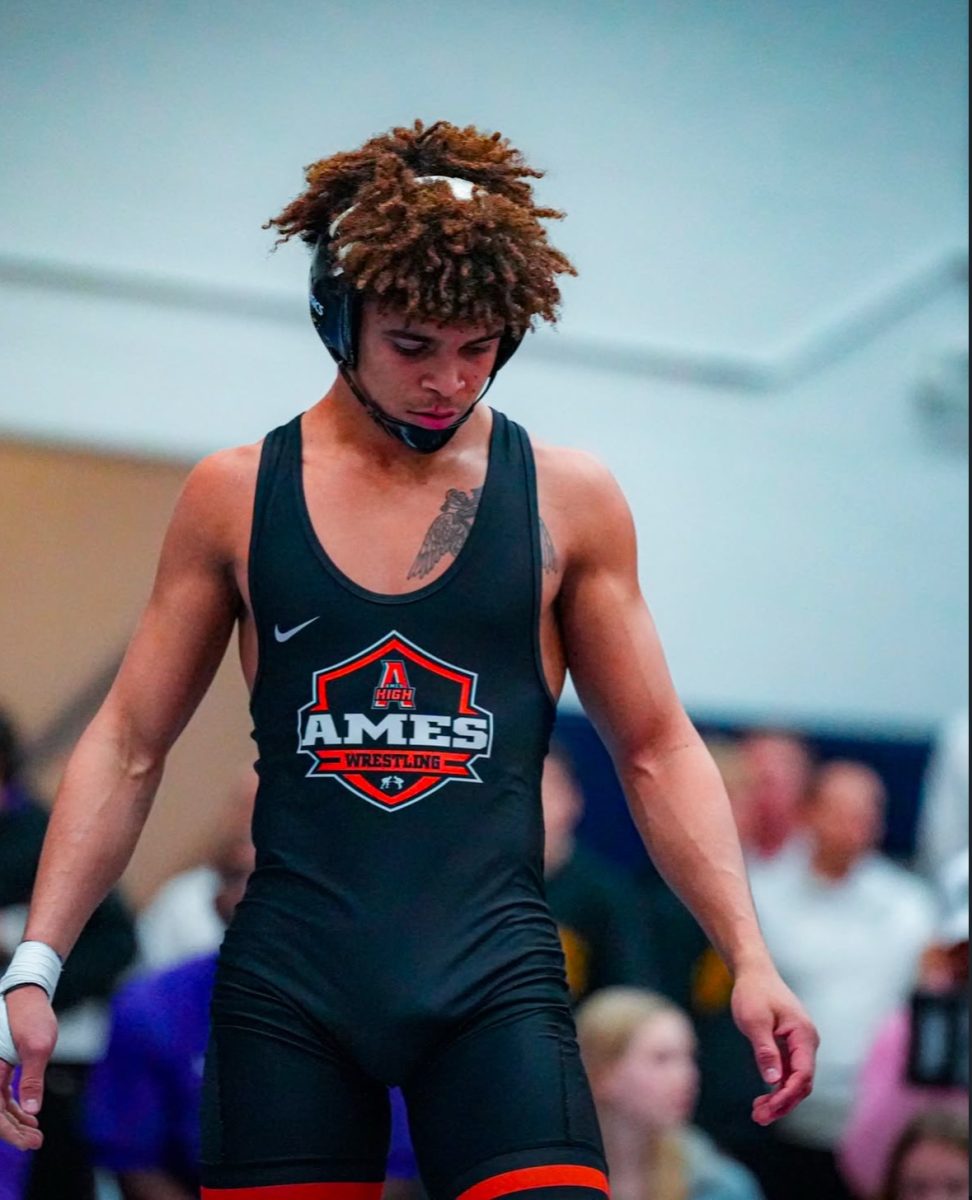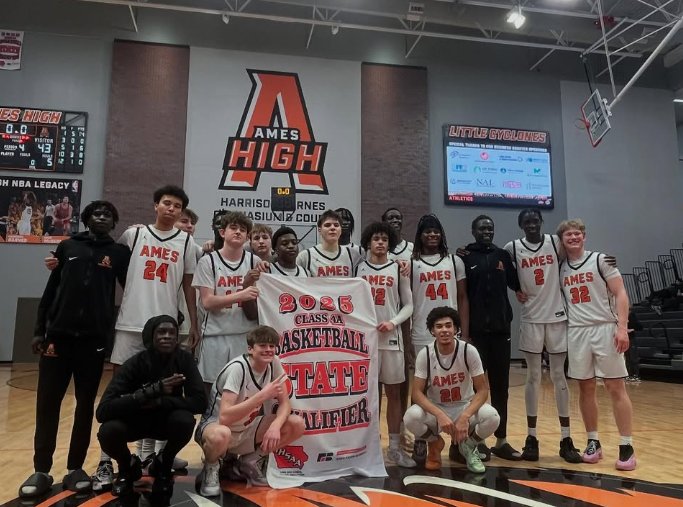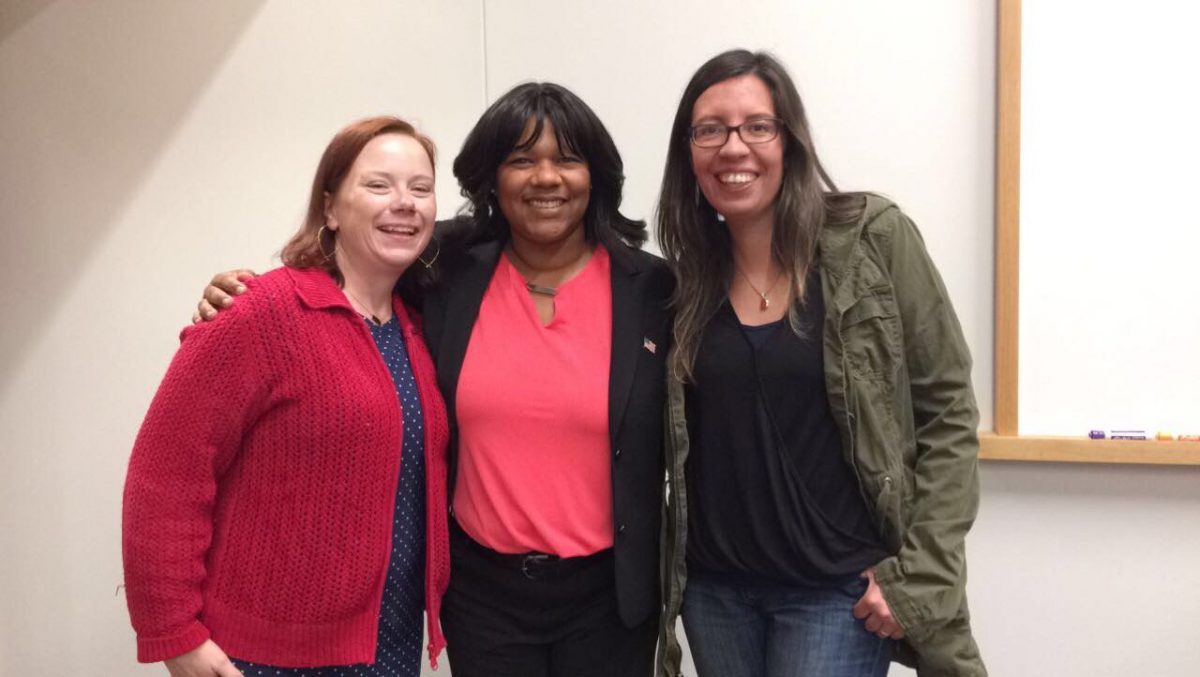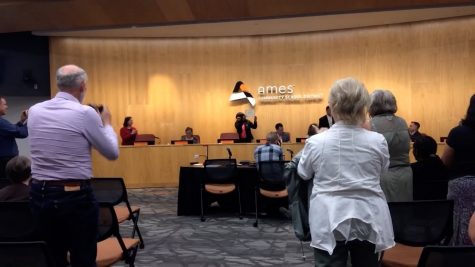Election Reflection
September 25, 2017
The night of September 25th, community members gathered to witness the induction of newest Ames School Board members Monic Behnken, Jamet Colton, and Gina Perez. The results of the election shifted the composition of the board from only one female member, to a female majority. The women also bring much needed diversity to the board, as Behnken is African American and Colton was born and raised in Chile.
Months of tireless campaigning paid off for the women, and Story County’s Commissioner of Elections, Lucy Martin, says this election was the earliest candidates announced their candidacies. “People in Ames were working on their campaigns as early as last December, and by spring there were multiple candidates,” Martin said.
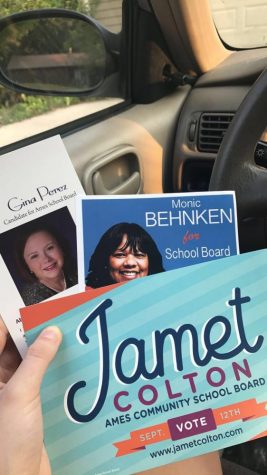
Although the election had a record of 3,741 votes, the amount only totaled to 8.7% of Ames’ registered-voter population with the population of young voters being particularly small- only 86 were between the ages of 18 and 24.
“It was not too long ago… that the youth of this nation worked to get the voting age lowered from 21 to 18. Unfortunately, with the exception of presidential elections, youth turnout is low in Story County,” Martin said.
Although there is a very small percentage of eligible voters at Ames High school, many issues surrounding this election directly pertain to high school students.
Among these is the achievement gap between African American students compared to their white peers. At a candidate forum a few days before polls opened on September 12th, candidates were asked if an equity officer was the logical next step to reduce the disparity, or if there was a better alternative.
Behnken did not think hiring an equity officer should be the immediate next step, believing “[t]here are several things that need to happen before we get there if we are going to start really making an effective intervention that has long-term impact.” She also made clear in her response that the district “can’t not afford to do this work.”
“I’m very excited to have someone on the board [like] Monic Behnken who is not only able to talk honestly about the disparity but who has made concrete plans to change the situation,” said senior Dana Gustafson.
The construction of a new high school pool has been another glaring issue in the election due to its lack of space and health concerns. “We should… have… plans for a new pool because the one we use is still giving our national champ swimmers asthma- but we don’t,” said Gustafson.
Many community members implore the district take action without consultation from the City, as it would most likely put the pool off site where special needs students would not have access, and swimmers would be inconvenienced with commuting back and forth twice a day.
“The school board does not have the time to wait for a city proposal,” said senior ACAC and Ames High swimmer, Olivia Jenks. “I do not know what has come from any meetings involving the club and the school board, but I know … the club offered to help split operating costs… and parents have offered to start [an] endowment… to help with any additional costs.”
The candidates are juggling several partnering options, including both the City and local swim clubs, as taking on the expenses alone would put a sizeable dent in the general fund. Behnken doesn’t want to limit partnership to just the city, whereas Perez believes taking action without the City would damage its relationship with the district.
Many issues brought to the Board are things students are very passionate about, yet they rarely voice their opinions. “Not having information on how to get involved and what you need to do to vote is… discouraging [for students],” said senior Abbie Eastman.
Getting the students engaged in local affairs is a two-sided issue. Students need to be motivated in order to get involved, but the board must also allow for an open line of communication. The issue of communication appeared to be of utmost importance to the three new board members at the forum.
Behnken sees the “breach of communication and trust between the Board and the community” as one of the biggest problems in the District and plans to mend that broken relationship. Colton aims to listen to voices who “are not always heard, or are marginalized”, and Perez states her first priority is communication, and that she wants to be “an active listener [and]… someone you can approach without any fear.”
If this lane between the Board and students is opened, there will be more willingness from students to get involved. “[M]y peers and I all need to make an effort to better our participation in local government. Our political system is in deadlock and disarray at all levels, but municipal and regional elections are close enough to home that we can all make our voices heard,” Gustafson said.
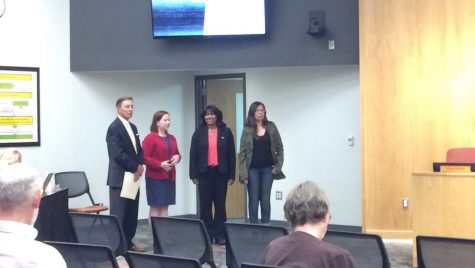
Ames High should encourage students to vote, attend Board meetings, write the about issues of importance to them, and participate in civil service.
“Being students… gives us a much closer perspective of the system than even our parents or city managers have, and that position makes participating in these election [particularly] for the older students at Ames High,” Gustafson said.
The three new members of the Board will undoubtedly bring change to the community dynamic. Matthew Goodman, a member of the Ames Progressive Alliance who volunteered with Jamet’s campaign, believes “[t]he people who were elected see the school district as full of opportunities rather than a thing that is perfect right now.” Our School Board wants to hear all voices, but it’s up to us, the students, to show up and be heard.


